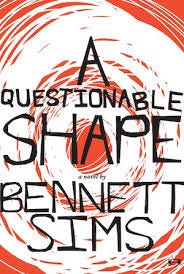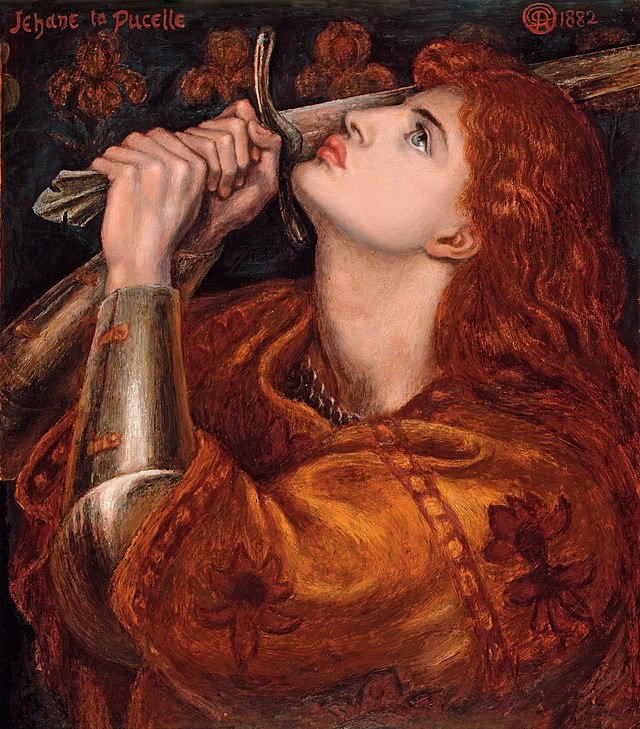Books & Culture
Review: A Questionable Shape, by Bennett Sims

A prodigious debut novel offers a new spin on the problem of the undead

Yes, A Questionable Shape is that zombie novel you’ve been hearing about, but don’t believe the publicity: Bennett Sims, the book’s author, is barely interested in genre at all. This isn’t even The Keep or Motherless Brooklyn — something that stokes the intellect while still delivering generic thrills. I get no sense Bennett Sims loves zombies.
In the novel, Michael Vermaelen (the narrator) and Matt Mazoch search Baton Rouge for Matt’s father, who has recently disappeared and might now be a zombie. Meanwhile, Michael and his girlfriend Rachel feel the stress of this search on their relationship. Rachel begins to fear Matt’s motivations: is there any possibility he might want to kill his old man? After all, what else is one to do with an undead dad?
Mostly, this book is concerned with memory. The undead “return to the familiar,” wandering “to nostalgically charged sites from their former lives.” Do they understand why they remember what they remember? Do any of us? For all the talk about the undead, Sims uses very few tropes from zombie narratives — not even to subvert them. He demonstrates little affection for genre.
Instead, Sims demonstrates great affection for David Foster Wallace (with whom he studied at Pomona), and who can blame him? The late genius has exerted probably the farthest-reaching influence on young writers since Raymond Carver. And, it must be said, AQS is sometimes very reminiscent of Wallace. Very, very reminiscent. Distractingly so. And I’m not just talking stylistics, like the footnotes that invade the bottom of nearly all of Sims’ pages, or the way the dialogue is quoted with apostrophes (a detail Wallace was very insistent upon in Infinite Jest).
I’m talking about the hyperawareness of the narrator, and his obsessive need to describe every little detail (the browning of an apple and the white man on pedestrian signals each get a landslide of explication). I’m talking about the narrator’s (and, by extension, Sims’s) effort to make absolutely clear every possible character motivation and philosophical underpinning of the novel, like a PhD candidate concerned that the point hasn’t yet been adequately argued.
Of course, Wallace isn’t the only source for this sort of influence (and, in fairness, Sims has mentioned Nicholson Baker as a model for some passages). But who gives a shit, really? Any 20-something-year-old writer who doesn’t wear his/her influences on his/her sleeve probably doesn’t love books enough to still be writing 10 years later. Bennett Sims is insanely talented. Even when he “does” Wallace (or Baker), he does him better than nearly anyone else.
Over and over again, Sims demonstrates astonishing skill with image. Shadows sweep “back and forth, like a massive phantasmal broom.” The wax at the base of a candlestick looks “as if a congregation of gnarled ghosts was kneeling in prayer before the flame.” These similes transform the familiar world into surreal gems, so concrete that I can feel each in my hand.
In the details of his characters, Sims is nothing short of brilliant. Rachel misses her own father so much that when a burglar breaks into her car and smokes the same brand of cigarette her old man used to smoke, she feels grateful for the stench in her upholstery — the scent that reminds her of dad. God, that’s so bizarre and funny and sad, all at once.
Another vivid relationship in the novel is between Michael (the narrator) and Rachel, who feel as much like a couple as any other fictional characters I can think of. At one point, they must practice a technique of “de-familiarization,” which consists of them sitting on the floor and staring at each other’s face until it becomes unrecognizable. They learned about this process from the FIGHT THE BITE, an oft-referred-to pamphlet (and a great George Saunders-like touch) that describes the protocol for surviving the zombie outbreak. The de-familiarization process is essential: one day, Michael might need to use it when beating zombie Rachel to death.
Michael remains something of a cipher, and intentionally so. Sims uses him as a pivot point between Rachel’s belief that zombies should be treated humanely and Matt’s belief that the zombies aren’t humans at all and should be left to die in the hurricanes headed to Louisiana. Parallels with the Bush administration’s response to Katrina are not hard to draw, but the book stretches farther than that: at what point do we start to see others as inhuman? In this manner, AQS becomes something of a political/social allegory.
So let’s call A Questionable Shape what it is: an extraordinarily prodigious debut novel that hasn’t quite struggled out from under its influences but exhibits numerous flashes of its own sort of crazed brilliance. But don’t forget: Even David Foster Wallace had to do Pynchon before he could do himself. When Bennett Sims writes a masterpiece very soon, I won’t be surprised.
Recommended if you liked: The Orange Eats Creeps by Grace Krilanovich; The Flame Alphabet by Ben Marcus
Read an excerpt from A Questionable Shape over at Recommended Reading. For more fiction from Bennett Sims, check out his story “White Dialogues” here.
***
— Benjamin Rybeck’s reviews have also appeared in V Magazine. His fiction has received “special mention” and “notable reading” distinctions from The Pushcart Prize Anthology and The Best American Nonrequired Reading, respectively.









